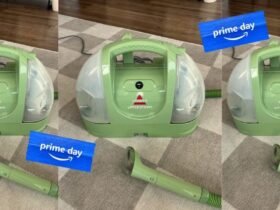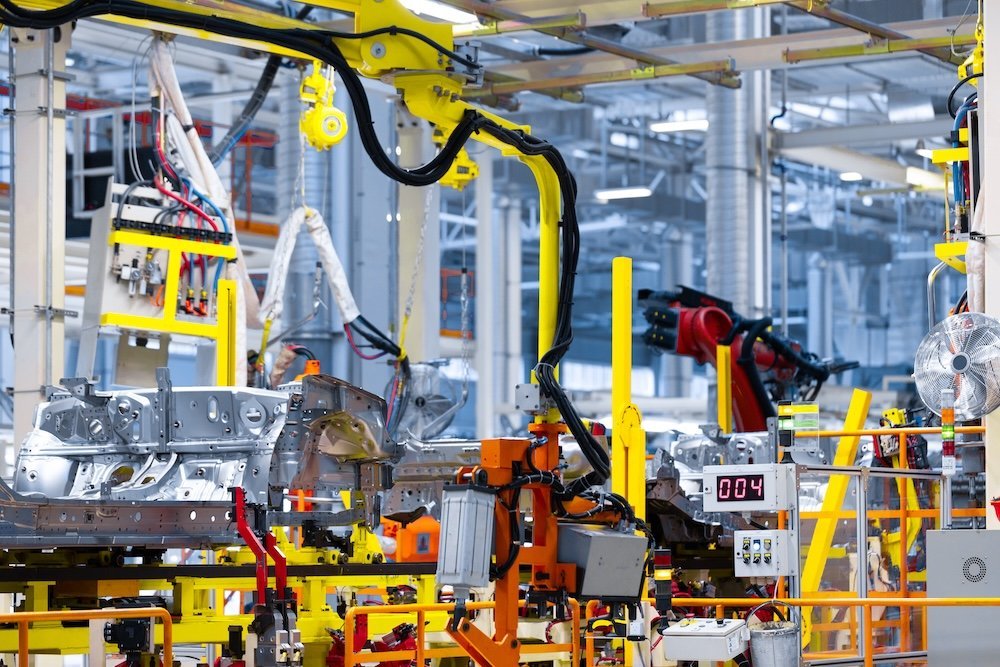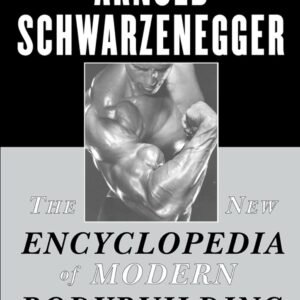Today’s industrial procurement has shifted dramatically from traditional supplier visits to digital marketplaces. When your production line relies on critical components, purchasing quality bearings online at Bearings Direct is more than just clicking “add to cart.” Whether you need ball bearings for precision machinery or heavy-duty roller assemblies, the right choice ensures reliable performance and long-term value.
Smart buyers understand that high-performance bearing selection demands technical knowledge. The convenience of online procurement comes with responsibility—you must verify specifications, validate quality standards, and ensure compatibility without physically inspecting the product.
Understanding Industrial Bearing Specifications Before You Shop
Modern industrial applications place demanding requirements on bearing systems. Temperature extremes, chemical exposure, and variable loads create challenging operating conditions that standard bearings cannot handle.
Essential Technical Parameters to Review
Every bearing specification sheet contains critical performance data. Operating temperature ranges typically span from -40°F to 350°F for standard applications, though specialized bearings handle extreme conditions. Speed ratings, measured in RPM, determine maximum rotational velocity without compromising performance or safety.
Dimensional accuracy affects everything from installation ease to operational smoothness. Bore diameter, outer diameter, and width measurements must align precisely with your application requirements.
Load Capacity and Performance Requirements
Static and dynamic load ratings represent fundamental performance boundaries. Static load capacity indicates maximum force a bearing handles while stationary. Dynamic ratings specify load limits during rotation, typically calculated for one million revolutions of bearing life.
Radial loads act perpendicular to the shaft axis, while axial loads work parallel to rotation. Combined loading scenarios require careful calculation to prevent premature failure.
Decoding Bearing Quality Standards and Certifications
International standards provide consistency across manufacturers and applications. These frameworks ensure compatibility and performance reliability regardless of supplier location.
International Quality Standards (ISO, ANSI, DIN)
ISO 492 establishes dimensional tolerances for rolling bearings worldwide. ANSI/ABMA standards govern American bearing manufacturing, while DIN specifications originate from German engineering traditions. Each system addresses precision classes, material requirements, and testing protocols.
Quality certifications demonstrate a manufacturer’s commitment to consistent production standards. Look for documentation proving compliance with relevant industry specifications.
Precision Bearing Grades Explained
Precision bearing grades range from P0 (standard) to P2 (high precision) under ISO classification. Higher precision grades feature tighter dimensional tolerances and improved surface finishes, resulting in smoother operation and extended service life.
Applications requiring precise positioning or minimal vibration benefit from upgraded precision classes, though costs increase significantly with each grade improvement.
Key Bearing Performance Criteria for Online Selection
Performance evaluation extends beyond basic load ratings. Environmental factors, operating conditions, and maintenance requirements influence bearing selection decisions significantly.
Bearing Load Ratings Online: What the Numbers Mean
Dynamic load ratings appear as C values in bearing catalogs, representing theoretical load for one million revolutions. Basic dynamic ratings help calculate bearing life using standard formulas that account for actual loading conditions.
Safety factors typically range from 1.5 to 3.0, depending on application criticality and maintenance accessibility. Critical applications require conservative load calculations to prevent unexpected failures.
Material Properties That Impact Longevity
Chrome steel (52100) dominates standard bearing applications due to excellent hardness and wear resistance. Stainless steel grades like 440C provide corrosion resistance for harsh environments, though load capacity decreases compared to chrome steel alternatives.
Ceramic balls in hybrid bearings reduce friction and extend high-speed capabilities. Silicon nitride ceramics resist electrical discharge damage in motor applications while maintaining dimensional stability across temperature ranges.
Technical Specifications Checklist for Different Bearing Types
Different bearing designs address specific application requirements. Understanding these distinctions prevents costly mismatches between component capabilities and operational demands.
Ball Bearing Technical Data Requirements
Deep groove ball bearings handle combined radial and moderate axial loads efficiently. Angular contact bearings support higher axial forces but require proper mounting arrangements. Contact angle specifications determine load distribution characteristics and mounting requirements.
Cage materials affect speed capability and lubrication compatibility. Steel cages provide strength for heavy loads, while synthetic materials like PEEK offer chemical resistance and reduced friction.
Roller Bearing Specifications Guide
Cylindrical roller bearings excel in high radial load applications but cannot accommodate axial forces. Tapered roller bearings handle combined loading through angled contact surfaces, requiring proper adjustment during installation.
Spherical roller bearings compensate for shaft misalignment while supporting heavy radial loads. Internal clearance specifications affect load distribution and thermal expansion accommodation.
Evaluating Industrial Bearing Suppliers Online
Supplier selection impacts product quality, delivery reliability, and technical support availability. Established suppliers invest in quality systems and engineering expertise that benefit customer applications.
Supplier Credentials and Engineering Support
Engineering support distinguishes professional suppliers from commodity vendors. Technical staff should provide application guidance, specification verification, and troubleshooting assistance throughout product lifecycles.
Industry certifications like ISO 9001 demonstrate commitment to quality management systems. Supplier audits by major OEMs validate manufacturing capabilities and quality consistency.
Quality Assurance and Testing Documentation
Test certificates verify bearing performance meets published specifications. Statistical process control data shows manufacturing consistency and quality trends over time.
Material certifications trace raw material origins and properties through production processes. This documentation supports quality investigations and warranty claims when issues arise.
Advanced Selection Factors for High-Performance Applications
Specialized applications require detailed analysis beyond basic load calculations. Environmental conditions, maintenance intervals, and performance expectations influence bearing selection significantly.
Bearing Tolerance Classes and Precision Levels
Dimensional precision affects noise levels, vibration characteristics, and mounting requirements. Tighter tolerances improve performance but increase costs and complexity during installation and maintenance.
Tolerance class selection should balance performance requirements with economic considerations. Over-specification increases costs without meaningful performance improvements in many applications.
Lubrication Requirements and Compatibility
Grease lubrication suits most applications through simplified maintenance and contamination protection. Oil systems provide better heat dissipation and continuous filtration for high-speed or high-temperature conditions.
Lubricant compatibility with seal materials and operating temperatures prevents premature failure. Re-lubrication intervals depend on operating conditions, bearing size, and lubricant properties.
Maximizing Online Bearing Catalog Search Efficiency
Efficient catalog navigation saves time while ensuring comprehensive specification review. Modern search tools provide filtering capabilities that narrow selections based on technical requirements.
Search Filters and Technical Parameters
Dimensional filters eliminate incompatible sizes immediately. Load rating filters ensure adequate capacity margins for application requirements. Speed and temperature filters address environmental constraints effectively.
Boolean search capabilities help locate specific bearing types or manufacturers quickly. Advanced filtering combines multiple criteria for precise result sets.
Cross-Referencing Part Numbers and Specifications
Interchange guides help identify equivalent bearings from multiple manufacturers. However, verify specifications independently since minor differences affect performance and compatibility.
Industry standard part numbering systems encode dimensional and performance information. Understanding these codes accelerates search processes and reduces specification errors.
Red Flags to Avoid When Sourcing Bearings Online
Quality concerns multiply when purchasing from unknown suppliers or unverified sources. Price pressures often compromise quality standards and performance reliability.
Warning Signs of Low-Quality Products
Unusually low prices indicate potential quality compromises. Missing technical documentation suggests inadequate quality control or counterfeit products. Limited supplier information raises questions about technical support and warranty coverage.
Generic part numbers without manufacturer identification often indicate substandard products. Legitimate bearings carry manufacturer markings and documentation supporting performance claims.
Price vs. Performance Considerations
Premium bearings justify higher costs through extended service life and improved reliability. Total cost of ownership includes purchase price, installation costs, maintenance requirements, and downtime expenses.
Quality bearings from established manufacturers provide predictable performance and comprehensive technical support throughout product lifecycles.
How Do You Ensure Quality Bearings Online Meet Your Exact Requirements?
Successful online bearing procurement requires systematic verification of technical specifications and supplier capabilities. This process protects against costly mistakes while ensuring optimal application performance.
Final Verification Steps Before Purchase
Request detailed drawings and specifications for critical applications. Verify dimensional compatibility with existing equipment and mounting arrangements. Confirm environmental ratings match operating conditions.
Calculate service life using actual loading conditions and safety factors. Compare multiple suppliers to validate pricing and specifications before final selection.
Building Long-Term Supplier Relationships
Reliable suppliers become valuable partners supporting equipment reliability and operational efficiency. Consistent quality and technical support justify premium pricing through reduced total ownership costs.
Regular communication about application changes and performance feedback helps suppliers recommend optimal solutions for evolving requirements. Strategic partnerships provide priority support during supply shortages or urgent requirements.
Disclosure: She Owns It partners with others through contributor posts, affiliate links, and sponsored content. We are compensated for sponsored content. The views and opinions expressed reflect those of our guest contributor or sponsor. We have evaluated the links and content to the best of our ability at this time to make sure they meet our guidelines. As links and information evolve, we ask that readers do their due diligence, research, and consult with professionals as needed. If you have questions or concerns about any content published on our site, please let us know. We strive to only publish ethical content that supports our community. Thank you for supporting the brands that support this blog.



















Leave a Reply